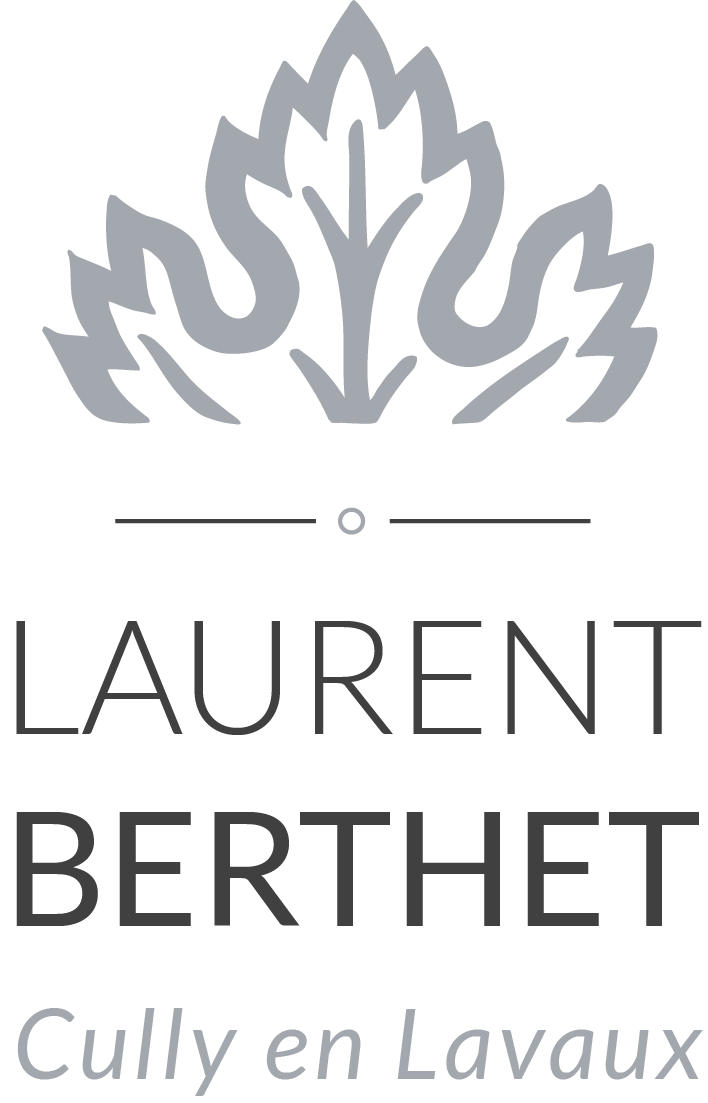Lavaux
Lavaux, a picturesque region
Its viticulture
A narrow strip of land between the waters of Lake Geneva and its undulating hilly hinterland, for thousands of years Lavaux remained an uncultivated and bushy hillside. The first vineyards were probably planted near the inhabited areas near the lake. Cultivation of the steepest area, Dézaley, dates back to the second half of the 12th century thanks to the efforts of the Cistercian monks.
The beneficial influence of the lake
The influence of Lake Geneva on the climate of Lavaux is of prime importance. As we like to say, the region benefits from “three suns”: the sun itself, the reflection of its rays from the lake and the nocturnal release of the heat accumulated in the vineyard walls.
Nature made the slope; man intervened to control it. He had to fight relentlessly against erosion, guiding the water to the streams and slowing down the flow in order to keep the land in place, as well as creating walls to reduce the slope.
The vineyards of Lavaux are characterised by a clear prevalence of family properties, which were rare until the Reformation (16th century). Today, the vineyards, from Lutry to Chardonne, include more than 1,800 owners and some 1,150 farmed areas.
UNESCO World Heritage Site
The vineyard of Lavaux has been listed as a UNESCO World Heritage Site since 2007. It covers 702 hectares, subdivided into seven production sites:
- Lutry: 73 hectares
- Villette: 176 hectares
- Epesses: 134 hectares
- Calamin: 16 hectares
- Dézaley: 54 hectares
- Saint-Saphorin: 128 hectares
- Chardonne: 121 hectares
Each bottle purchased contributes to the preservation of this heritage
Almost all Lavaux wines are sold in Switzerland. Exportation, while remaining quite limited, is nonetheless beginning to develop.
The beauty of the Lavaux site is entirely connected with the existence of the vineyards. How can we ensure the future of the vineyard if not by ensuring that of the winegrowers that cultivate it? The only way to do so is by promoting the vineyards and the wine. It is therefore important to understand that a bottle of Lavaux wine purchased at a fair price contributes directly to the maintenance of this exceptional site.
Discover our divine wines here !
Source: Jean-Louis Simon, François Murisier, “Viticulture”, Terraced Vineyards Facing the Lake and the Alps in Lavaux, Lavaux World Heritage Site Application File for UNESCO, Cully, January 2006, pp. 65-74.

